INSECTS
Fatal Fangs: The 20 Most Dangerous Spiders in the World
Published
9 months agoon
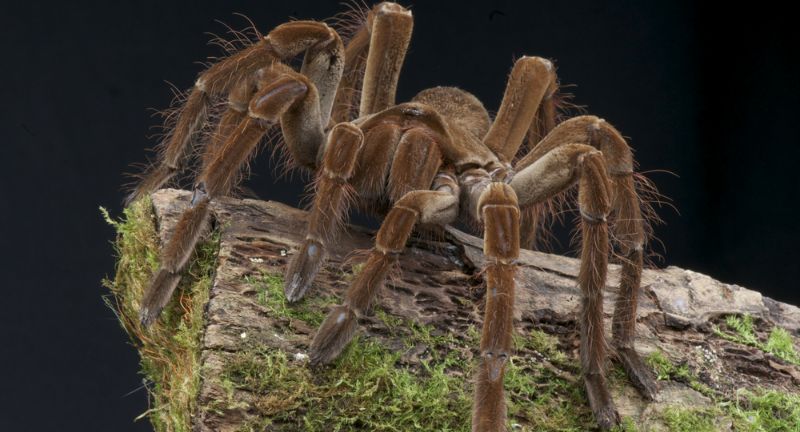
Shutterstock
Spiders are often feared for their potential to inflict painful and sometimes dangerous bites. While most spiders are harmless to humans and play vital roles in ecosystems, a few species possess venom potent enough to cause serious harm or even death. Understanding these dangerous arachnids can help mitigate risks and promote informed awareness. From the notorious Black Widow to the elusive Six-Eyed Sand Spider, these creatures inspire both fascination and caution. Here, we delve into the 20 deadliest spiders in the world, exploring their habitats, behaviors, and the effects of their venom.
Sydney Funnel-Web Spider (Atrax robustus)

Shutterstock
Found primarily in Australia, the Sydney Funnel-Web Spider is infamous for its highly toxic neurotoxin. This venom can cause severe pain, muscle spasms, and breathing difficulties. Without treatment, a bite can potentially lead to death within hours. These spiders are aggressive and can strike repeatedly.
Brazilian Wandering Spider (Phoneutria spp.)

Shutterstock
Native to South America, the Brazilian Wandering Spider is known for its potent neurotoxin. A bite from this spider can cause intense pain, muscle paralysis, and severe respiratory issues. The venom is strong enough to be fatal, particularly to children. These spiders are highly mobile and often found in human habitats.
Black Widow Spider (Latrodectus spp.)
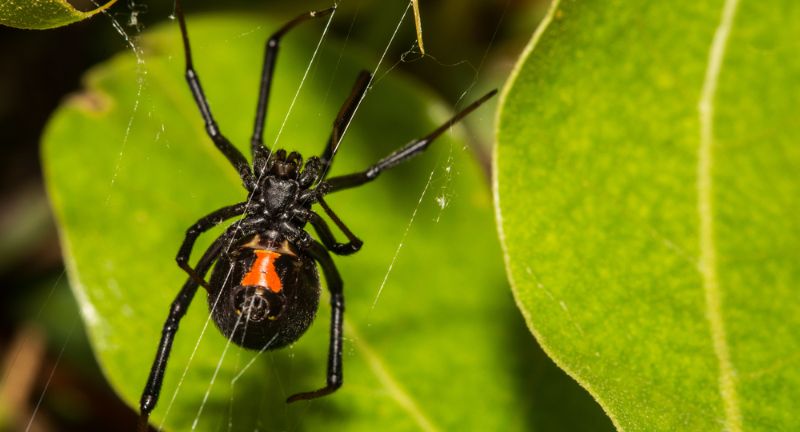
Shutterstock
Black Widow Spiders are found worldwide and are easily recognizable by their shiny black bodies and red hourglass markings. Their venom contains a neurotoxin called latrotoxin, which causes severe muscle pain, cramps, and spasms. Despite their deadly reputation, fatalities are rare due to the availability of antivenom. These spiders are not aggressive and bites are usually defensive.
Brown Recluse Spider (Loxosceles reclusa)
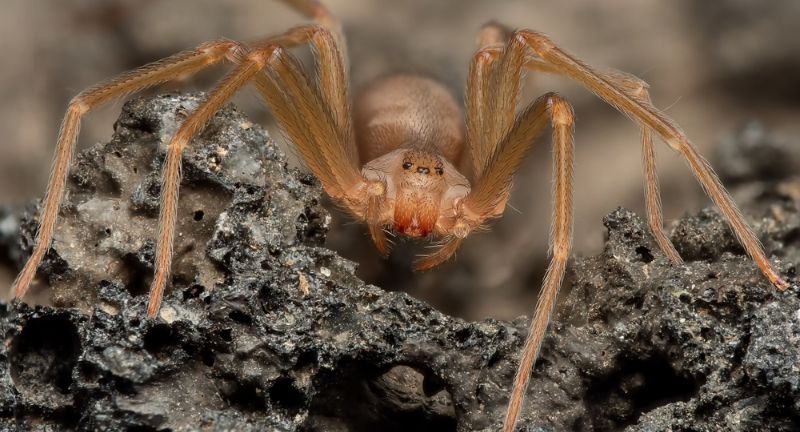
Shutterstock
The Brown Recluse Spider, found in the United States, has a venom that is hemotoxic. This venom can cause severe tissue necrosis, leading to large, slow-healing wounds. In some cases, systemic reactions occur, potentially leading to serious health issues. While deaths are rare, the bites can cause significant medical concerns if untreated.
Redback Spider (Latrodectus hasselti)

Shutterstock
Native to Australia, the Redback Spider is closely related to the Black Widow. Its venom is a neurotoxin that causes intense pain, sweating, nausea, and muscle spasms. If untreated, a bite can potentially lead to death. The spider is known for its distinctive red stripe and is often found in human environments.
Six-Eyed Sand Spider (Sicarius spp.)
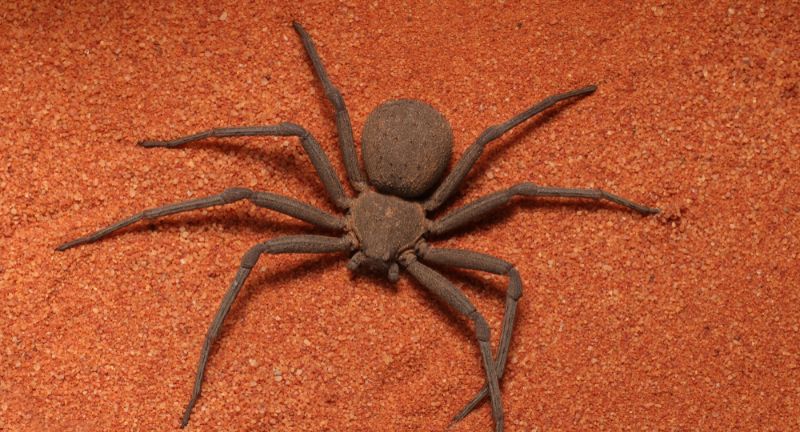
Shutterstock
The Six-Eyed Sand Spider is native to southern Africa and is highly venomous. Its venom is necrotic, causing massive tissue destruction and potentially leading to kidney failure. Human bites are extremely rare due to the spider’s reclusive nature. However, if bitten, the consequences can be severe.
Chilean Recluse Spider (Loxosceles laeta)

Shutterstock
Found in South America, the Chilean Recluse Spider has a venom more potent than its North American cousin. This venom causes severe necrosis and can lead to systemic effects, including kidney failure. The bites are painful and can result in significant medical complications. Prompt medical treatment is crucial to manage symptoms effectively.
Mouse Spider (Missulena spp.)
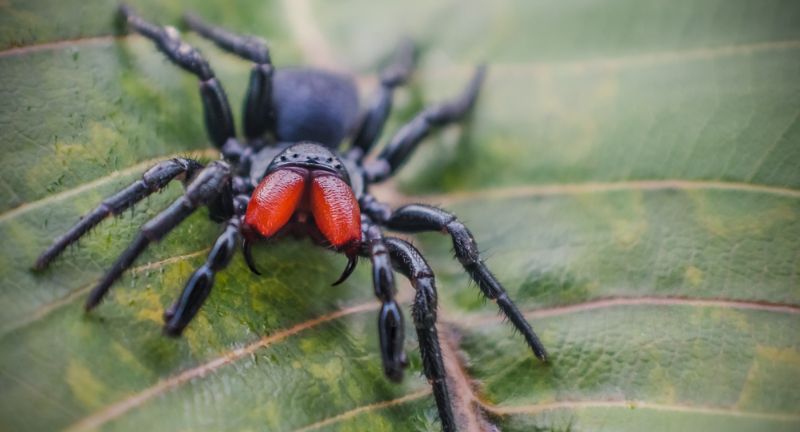
Shutterstock
Mouse Spiders are found in Australia and are known for their potent neurotoxin. While their venom can cause severe illness, these spiders are less aggressive compared to the Sydney Funnel-Web. Bites can lead to significant pain and other symptoms. Immediate medical attention is advised if bitten.
Wolf Spider (Lycosidae family)
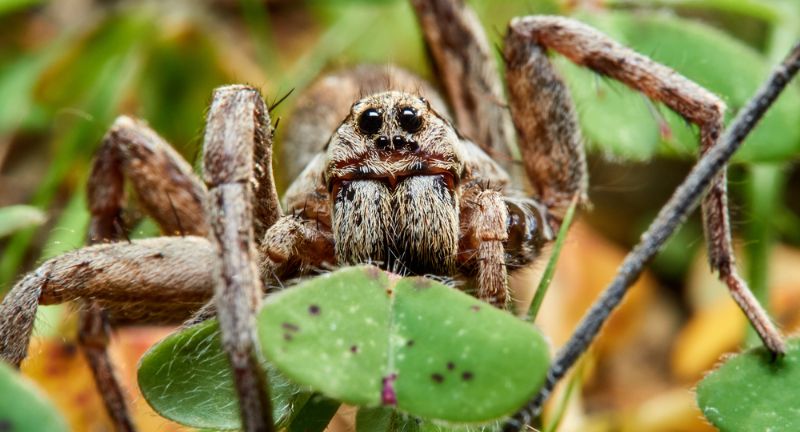
Shutterstock
Wolf Spiders are found worldwide and are known for their speed and hunting skills. Their venom is mildly toxic and can cause pain and mild necrosis. Although their bites are painful, they are rarely dangerous to humans. These spiders are typically not aggressive and bites occur primarily in self-defense.
Yellow Sac Spider (Cheiracanthium spp.)

Shutterstock
Yellow Sac Spiders are found worldwide and are known for their mildly necrotic venom. Bites from these spiders can cause painful redness and tissue damage. While not typically dangerous, bites can lead to discomfort and irritation. These spiders are often found in homes and gardens.
Hobo Spider (Eratigena agrestis)
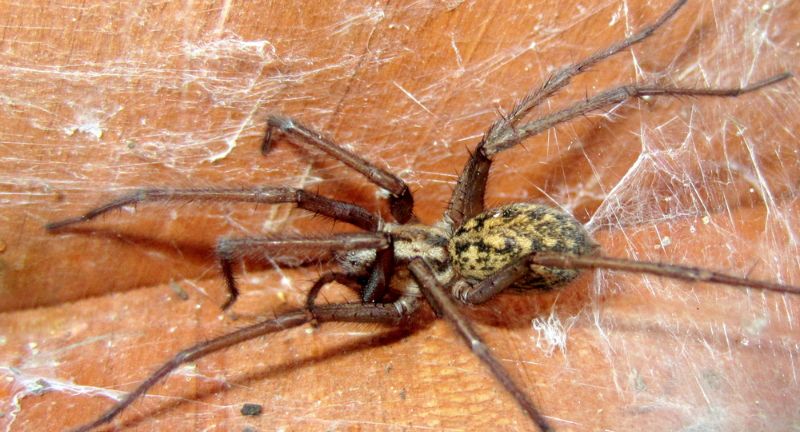
Shutterstock
The Hobo Spider, found in North America, has a controversial reputation regarding its venom’s necrotic effects. Bites can cause pain, redness, and potential tissue necrosis. However, the severity of these bites is debated among experts. Despite the controversy, caution is advised if bitten.
Mediterranean Black Widow (Latrodectus tredecimguttatus)

Shutterstock
The Mediterranean Black Widow is found in southern Europe and Central Asia. Its venom is a potent neurotoxin that causes intense pain, muscle cramps, and spasms. If untreated, bites can be fatal, although fatalities are rare. These spiders are often found in rural areas and are not aggressive.
Australian Garden Orb-Weaver Spider (Eriophora transmarina)
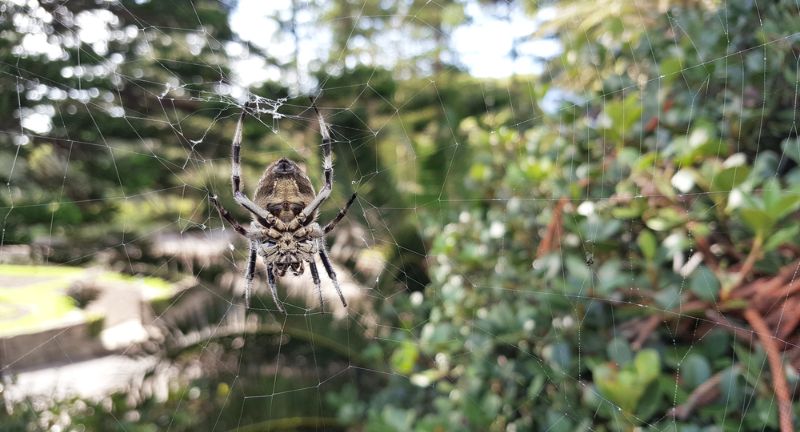
Shutterstock
The Australian Garden Orb-Weaver Spider is known for its mild venom. While their bites can be painful, causing swelling and redness, they are not considered lethal. These spiders are common in gardens and urban areas. Their large, intricate webs are a common sight in Australian gardens.
Brown Widow Spider (Latrodectus geometricus)
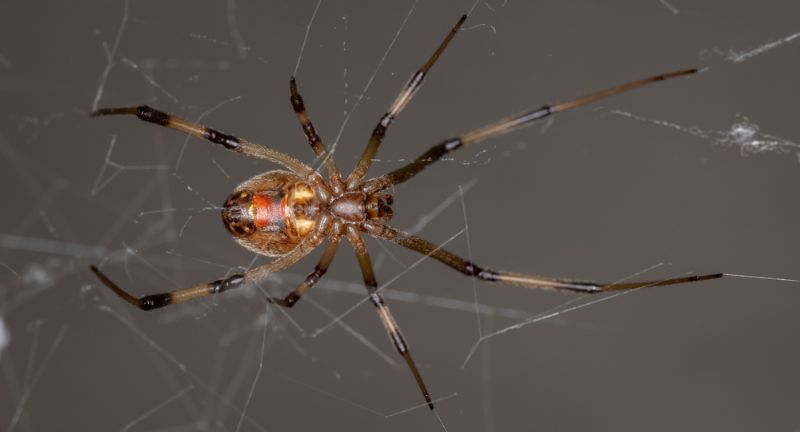
Shutterstock
The Brown Widow Spider is found worldwide and has a venom similar to that of the Black Widow. However, its effects are generally less severe, causing pain, muscle cramps, and mild systemic effects. These spiders are less aggressive and bites are infrequent. They are identifiable by their tan or brown color and orange hourglass marking.
Chinese Bird Spider (Ornithoctonus huwena)

Shutterstock
The Chinese Bird Spider is native to China and Vietnam and is highly venomous. Its potent neurotoxin can cause severe pain, muscle spasms, and potential fatalities. These large spiders are aggressive and can deliver painful bites. They are often found in forested areas and rural regions.
Tarantula (Theraphosidae family)

Shutterstock
Tarantulas are found worldwide and are known for their large size and hairy bodies. Their venom is mildly toxic, causing pain, swelling, and irritation. Bites are rarely dangerous to humans and are often more traumatic than venomous. These spiders are popular in the pet trade due to their docile nature.
Goliath Birdeater (Theraphosa blondi)

Shutterstock
The Goliath Birdeater is the largest spider in the world by mass and size, found in South America. Its venom is mildly toxic, causing pain, swelling, and mild irritation. While their bites are not typically dangerous, they can be quite painful. These spiders are named for their ability to prey on small birds and other vertebrates.
Western Black Widow (Latrodectus hesperus)

Shutterstock
The Western Black Widow is found in North America and is known for its potent neurotoxin. A bite can cause intense pain, muscle cramps, and systemic effects. Although fatalities are rare, the venom can be very dangerous, particularly to small children and the elderly. These spiders are often found in secluded areas and are not aggressive.
False Widow Spider (Steatoda nobilis)

Shutterstock
The False Widow Spider is found in Europe and North America and is often mistaken for the more dangerous Black Widow. Its venom is a mild neurotoxin, causing pain, swelling, and mild systemic effects. While not typically dangerous, bites can lead to discomfort and irritation. These spiders are often found in homes and urban areas.
Ornamental Tarantulas (Poecilotheria spp.)

Shutterstock
Ornamental Tarantulas are native to India and Sri Lanka and are known for their striking colors and patterns. Their venom is potent, causing severe pain, muscle spasms, and potential systemic reactions. These spiders are often kept as pets but require careful handling due to their aggressive nature. Bites can be serious, necessitating medical attention.
Conclusion

Shutterstock
While the thought of encountering any of these deadly spiders may be unsettling, it’s important to remember that fatalities from spider bites are exceedingly rare. Most of these arachnids are not aggressive and will only bite in self-defense. By learning to identify these spiders and understanding their behaviors, we can coexist safely with them. Knowledge and respect for these fascinating creatures can help reduce fear and ensure that we handle potential encounters with caution and care. As we continue to explore and appreciate the diverse world of spiders, we gain a deeper appreciation for the intricate balance of nature.
More Amazing Animals+
-


30 Most Interesting Mutualistic Relationships In Nature
-


25 Largest Spiders On The Planet
-


25 Facts About Monarch Butterflies And Their Remarkable Migration Journey
-


25 Mythical And Misunderstood Animals
-


28 Most Colorful Critters From Around The World
-


27 Animals That Mate For Life
-


24 Animals That Have The Strangest Defense Mechanisms
-


Wasps Are Not So Bad, Here’s Why
-


27 Most Intelligent Animals And How They Problem Solve
-


29 Caterpillars That Look More Like Fuzzy Aliens Than Animals
-


The Magic of Dragonflies: 20 Enchanting Facts About These Ancient…
-


27 Animals That Live In The Most Extreme Conditions
